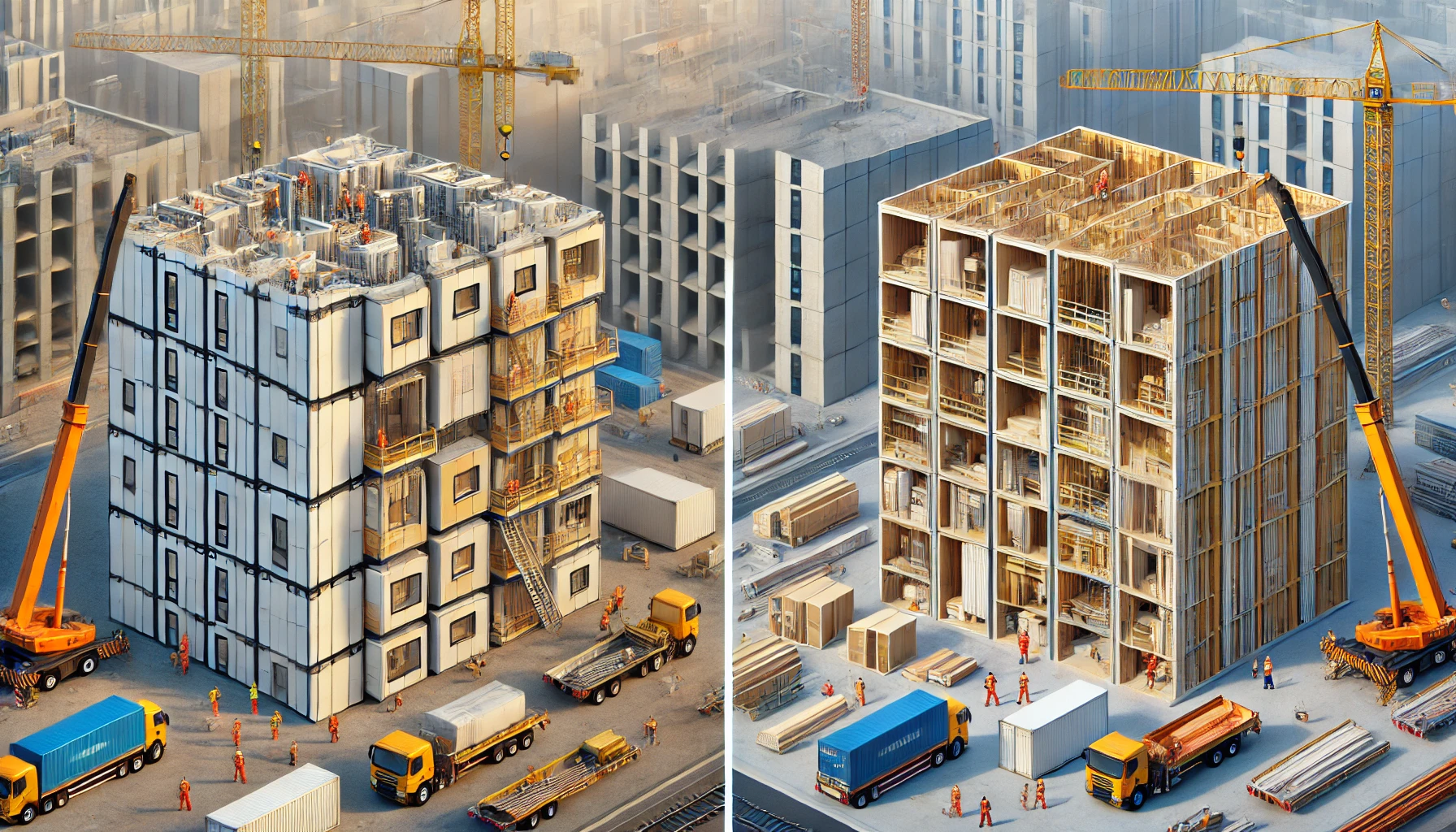On a typical construction site, a five-story building can take two years to build and a 30-story building can take three years. However, with modular construction, the construction period can be dramatically reduced. In China, a 30-story building was built in just a few days, and modular system construction is becoming popular in South Korea. It reduces construction time, saves money, and is environmentally friendly.
When you walk down the street, you can easily see buildings being constructed. There are always such sites on the road, and if you observe them with a little interest, you can guess how long it takes to complete a building. Currently, there are construction sites in front of Building 39, in front of the gymnasium, etc. on the Gwanak campus. Therefore, if you go to and from class, you will be able to observe the building construction site from start to finish. From this, we can see that it takes about two years to build a five-story building. But how long does it take to build a 30-story building? Four or five years? For a typical 30-story apartment building, it takes about three years. However, if you apply the ‘2-Day Cycle’ construction technique, which was successfully introduced by construction project management (CM) specialist Hanmi Global in September last year, it can be shortened from the current three years to one year. Reducing three years to one year may seem like a big deal, but last year, a 30-story building was built in China in just five days.
How did they build a 30-story building in less than three days? The secret is modular construction. Modular construction means that 93% of the building is manufactured in a factory and only assembled on site, and it is possible to achieve such a huge reduction in time because it can be assembled and stacked like Lego. This is no surprise compared to reinforced concrete structures, which require a long curing period after pouring the concrete and waiting for it to harden and develop the required strength.
Similar prefabricated buildings are becoming popular in South Korea. As in China, standardized building modules are manufactured in factories and assembled on site, a process called modular system, which can shorten construction time by up to 50%, reduce construction costs by up to 20%, and allow buildings to be relocated and reused by 70%. This type of modular system construction can be divided into two main types: unit modular and semi-panelizing.

As you can see in the photo, the unit modular method is a method in which the entire house is manufactured in a factory like a container box and moved to the site where the foundation is completed to complete the building. Since the entire house can be moved as it is, it is easy to expand vertically and horizontally, but the disadvantage is that the design of the house cannot be changed. The second semi-panelizing method is to assemble steel pipes and steel pipes to form the frame of the building, and then attach steel materials and interior and exterior finishes to the frame. It is similar to the method used to construct a 30-story building in China, and has the advantage of easy maintenance as it can be partially replaced and recycled when demolished. However, since the ceiling, walls, and floors are constructed after the frame is constructed, the construction process is complicated and requires the use of specialized joining hardware, so it is not as efficient as the former.
Although each method has some disadvantages, the biggest advantage is that it reduces noise, dust, and vibration damage to the surrounding area while the building is being constructed, and for commercial facilities such as hypermarkets and hotels, it is probably the best method considering the profit that can be made if the building is completed as soon as possible. In addition, if the assembled parts can be disassembled and reused, it will kill two birds with one stone at a time when eco-friendly construction is being favored due to the strengthening of construction waste regulations due to the implementation of the carbon tax.
